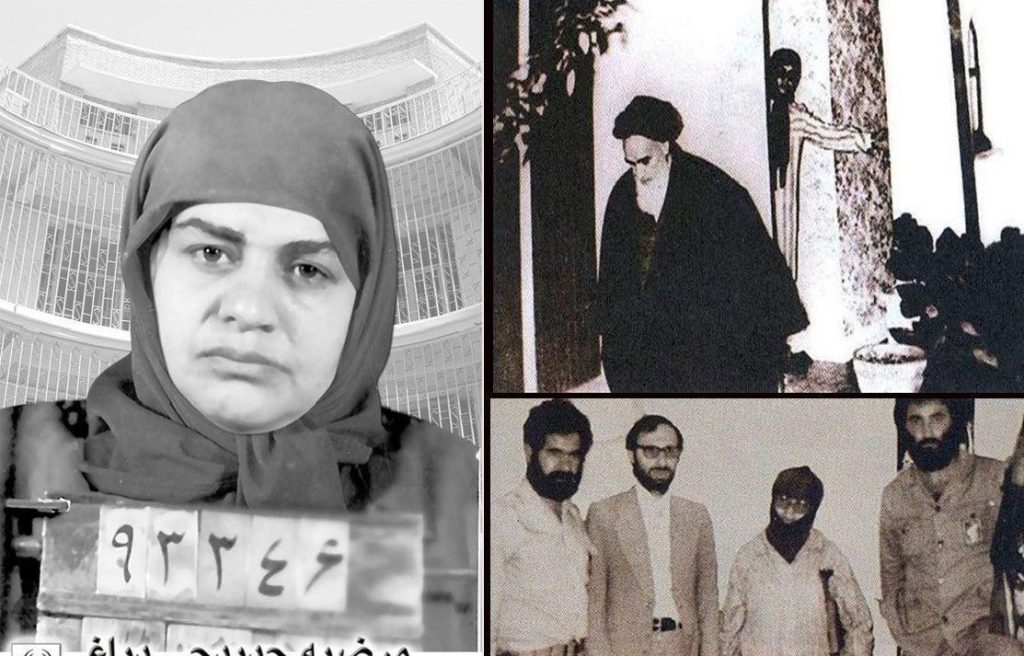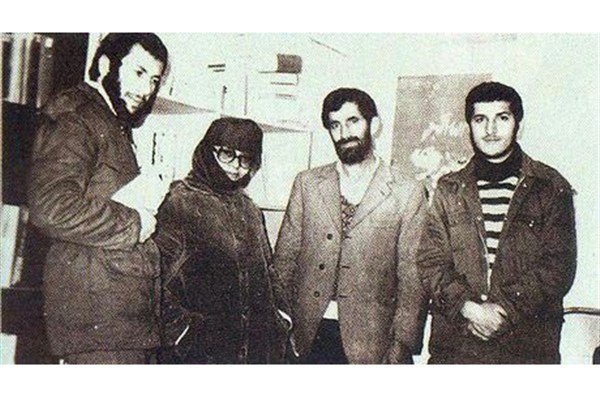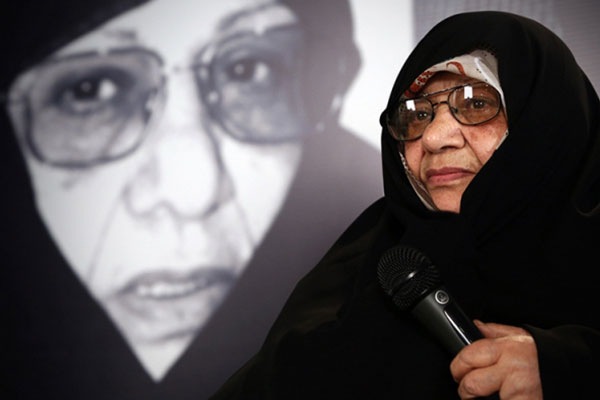IRAN/ In Iran, they are celebrating National Guard Day; which is also the birth of Hussain Ibn Ali and Abbas Ibn Ali (PBUH). On this great day, let’s read a little about the one and only female body guard of Ayatollah Khomeini and a political activist who suffered a lot of torture from SAVAK (Security Department of Pahlavi Dynasty).
Biography
The name of this great lady is “Marzieh Hadidchi”. She was born on 12th June 1939, an Iranian Islamist activist, political prisoner, military commander in the Iran–Iraq War, politician, and representative of Hamedan in the Iranian parliament second, third, fourth, and fifth parliament. Hadidchi was also one of the founders of the Islamic Revolutionary Guard Corps.
She started her political activities with Ayatollah Mohammad Reza Saeidi’s circle. After that she was arrested by SAVAK in 1972 and severely tortured. The security also arrested and tortured her 14-year-old daughter.
This woman escaped prison through Mohammad Montazeri‘s efforts and went to London with a fake passport after 6 months she moved to Lebanon, where she learned military tactics under the supervision of Mostafa Chamran. Marzieh accompanied Ayatollah Khomeini as his bodyguard during his exile in Paris.

Mrs. Marzieh Hadidchi (Dabbagh); who has also been given the title of the Great Mother of the Revolution; was among the female fighters of the Islamic Revolution who started her political activities and movements in 1967. She was the first and only bodyguard of Ayatollah Khomeini’s wife and during her residence in Paris, she was in charge of the internal duties of his household.
Responsibilities of this bodyguard
Following the Islamic Revolution’s triumph, the late woman was the head of many departments; including the command of the Hamadan Province Corps. She also had the responsibility of the Sisters’ Mobilization, she was a member of the Iranian Parliament for 3 rounds, and the vice president of the Women’s Population of the Islamic Republic of Iran.
One night before Ayatollah Khomeini’s departure to Iran, after his dinner, they ordered that all those who were working and commuting during the four months of his stay in Neauphle-le-Château to gather in a room; because he needed to talk to them. Everyone came. After thanking and cherishing all their efforts and work, the Ayatollah said: “I have taken my allegiance from you.

Imam Khomeini’s bodyguard
Don’t put yourself in danger because of me. We are going to return to Iran. I must be with the nation and accompany them in their sadness and happiness. You have no such duty. Each of you can go back to the country you live in. If they have a problem, is with me. You all should go back to your studies and work.
The next day, I don’t know if it was due to excitement or too much work and fatigue, but suddenly my body felt numb. I fell and lost the ability to move and even speak. This happened on the 30th of January 1979 when it was announced by Bakhtiar’s government; Mehrabad airport is closed to the Ayatollah and he cannot return to Iran. Journalists gathered in the courtyard of his residence. One of the reporters insisted to approach. When I put my hand on his chest to make him go back, I suddenly felt a strange pain in my chest. I suddenly fell. Those who were close to Ayatollah Khomeini took me to the hospital.
Doctors announced that I had a stroke, but I survived it. They said how long I need to be hospitalized. It was very difficult for me. But I had no choice. My legs did not move. I really wanted to go back to Iran with the Ayatollah.
But it seemed impossible regarding the situation I had.
After the Revolution
A few days after the Ayatollah’s return to Iran; I was discharged from the hospital. I heard that the municipality of Neauphle-le-Château wanted to meet with me. Although I could not walk completely on my feet. With a stick, we went to the municipality of Neauphle-le-Château together with one or two of the brothers that stayed there.
The mayor and his colleagues said: “We have a request if you can get this permission from Imam Khomeini, that we want to consider Neauphle-le-Château as the adopted sister of Imam’s birthplace”. We said, “There is no problem”.
When we were about to say goodbye and leave the municipal building, a nun came up to us. She gave me a small jar with some soil in it. I asked the translator to ask what is this soil. The woman replied: “There is some soil of Neauphle-le-Château on which the Ayatollah’s steps have been on it. I leave it to you as a gift and a memorial. The day will surely come when you will realize why you should keep it and have it.”
After the revolution, she became the chief of the Islamic Revolutionary Guard Corps in Hamedan. She was one of the three messengers of Ayatollah Khomeini to Soviet General Secretary Mikhail Gorbachev in 1989. She has been the representative of the Parliament of Iran for three terms. She headed The Association of the Women of the Islamic Republic from 1987 until 2012.
She died on 17 November 2016 at Tehran‘s Khatam Al-Anbia Hospital after a long illness. She was buried on the following day near the Mausoleum of Khomeini in Behesht-e Zahra.
Source: Imam Khomeini’s Portal


